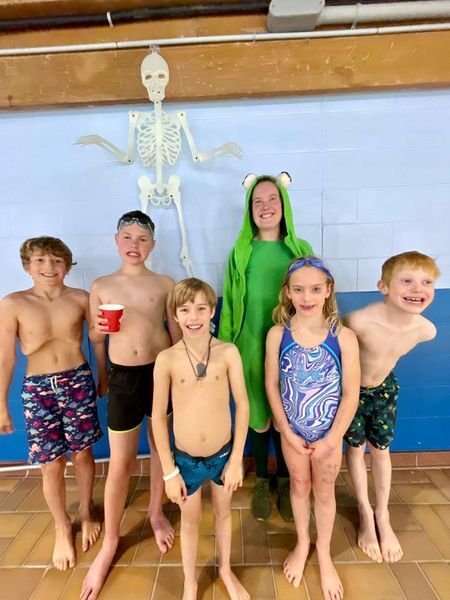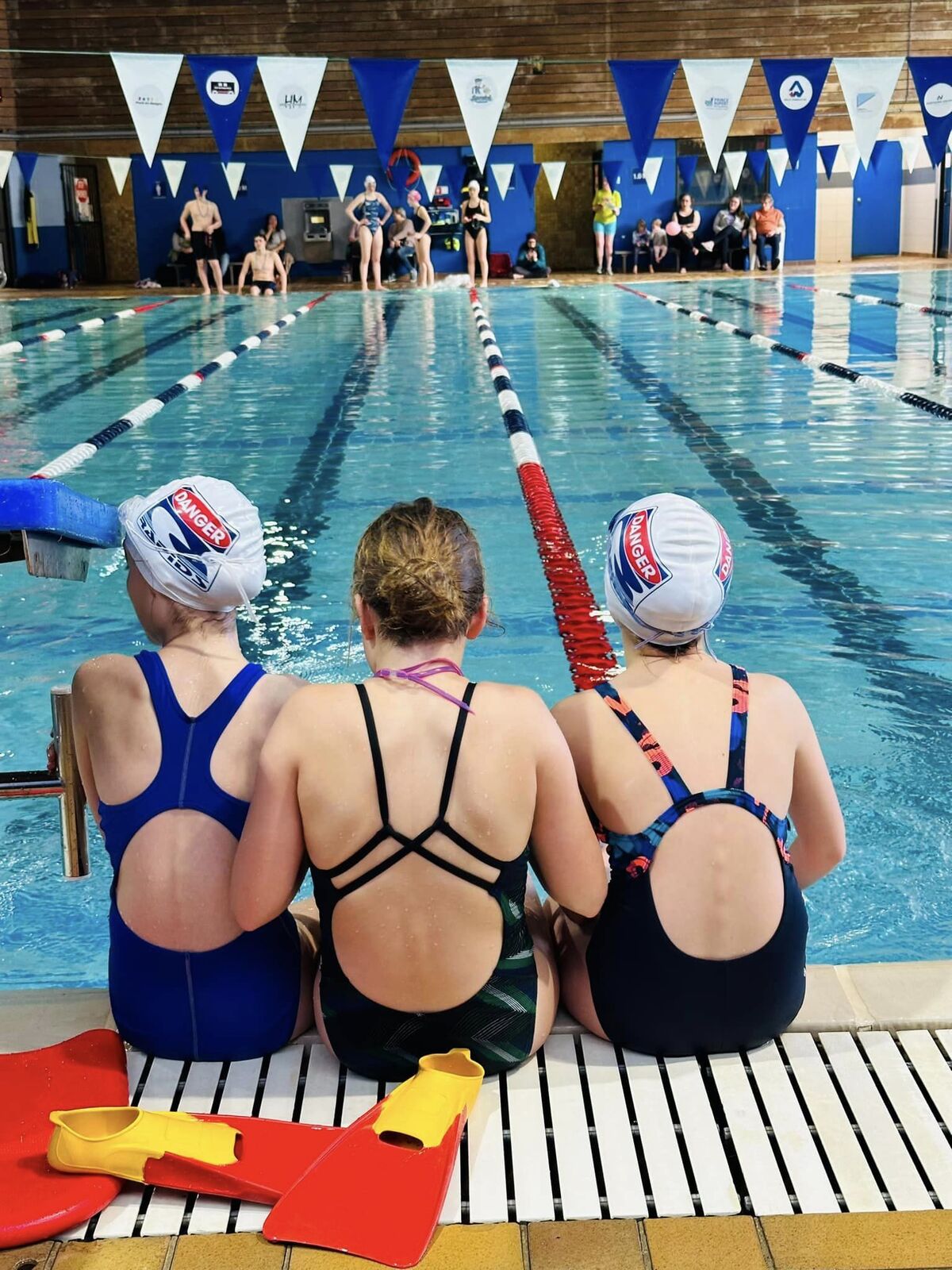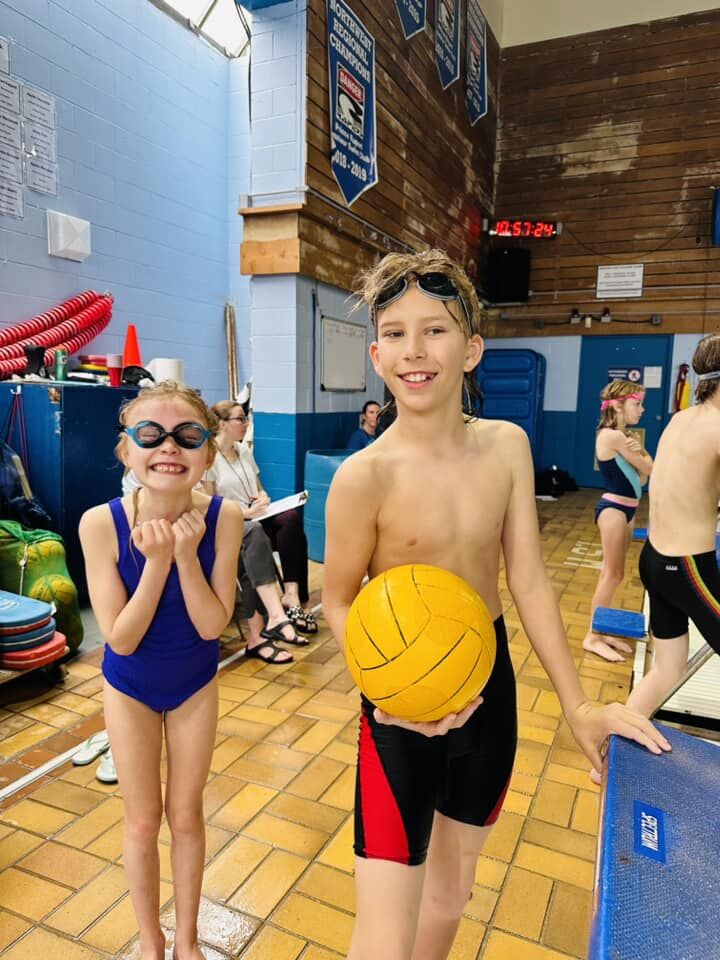Frequently Asked Questions



How do I find out how my child's progressing?
The coaches typically provide parents with a mid-season report card that will provide an overview of your child's progress. However, the best way to track your child's progress is to speak with your child's coach. Chris and Cheryl will generally be available for casual conversations after practice. For a more formal conversation, please make an appointment with the coach. If you want to arrange an appointent to discuss your child's progress, you can either arrange it directly with their coach or through the club office (prascswimming@gmail.com (250) 624-8023)
How long will my child spend in each group?
This will vary wildly from child to child. Sometimes a swimmer may remain in a group for only a matter of weeks before they're off to the next level. Sometimes it may take multiple seasons. We try to build enough flexibility into our program to accommodate swimmers of all ages and abilities. That means each swimmer's timeline through the program will be very different. Keeping in mind the wild variation from swimmer to swimmer, I think a crude generalization would be that most swimmers stay in Mini-Rapids for a year or less, Class 1 for two years or less and Class 1.5 for a year or less. Older swimmers will be jumped through the groups more rapidly than younger swimmers in a quest to keep them with their peer group.
What is the criterion for determining when a swimmer is ready for the next level?
A wise man once said "I'll know it when I see it". We have very subjective criteria for determining when swimmers are ready for the next level. The goal is to meet the individual needs of every swimmer in the program, as best as we can, and that means we consider any number of factors when determining which group a swimmer should be in. First and foremost, we look at ability. Has this swimmer developed the skills they should have before leaving this group? Will they be able to keep up with the swimmers in the next group? How many strokes can they perform adequately? Then we'll look at factors like age and peer groups. We want swimmers to have a positive experience in our program and we know that's more likley if they are swimming with their friends. We are also not adverse to considering things like keeping family members together (or, in some cases, apart) or a kid's other activities or obligations. Last, but not least, we have to consider whether a swimmer (and their parents) want to advance a group. We do tend to err on the side of caution because it's never too late to move a swimmer forward, but, once a swimmer has advanced, it's almost impossible to move them back should it not work out.
When does my child begin to compete and do they have to?
The short answers are "whenever they're ready" and "no". We are a competitive swim club and the program is built around developing swimmers for competition. Having said that, our program seeks to cater to swimmers of all levels and needs, and that certainly includes swimmers who do not wish to compete. For swimmers in mini-rapids and class 1, we limit their competitive opportunities to in-house meets (Dual meets or mini-meets). There are at least three (and sometimes as many as six) in-house meets per season and they are always short, one morning affairs. Sometimes swimmers in class 1 will be invited to attend our home regional meet if it's late in the season. Once swimmers reach class 1.5, we invite them to attend all the regional meets (Kitimat, Smithers, Terrace and Prince Rupert) of which there are six a year. When swimmers reach Class 2, we'll invite them to the two Prince George meets in addition to the regional schedule. Again, which of these meets a swimmer chooses to attend is ultimately up to the swimmer and their family.